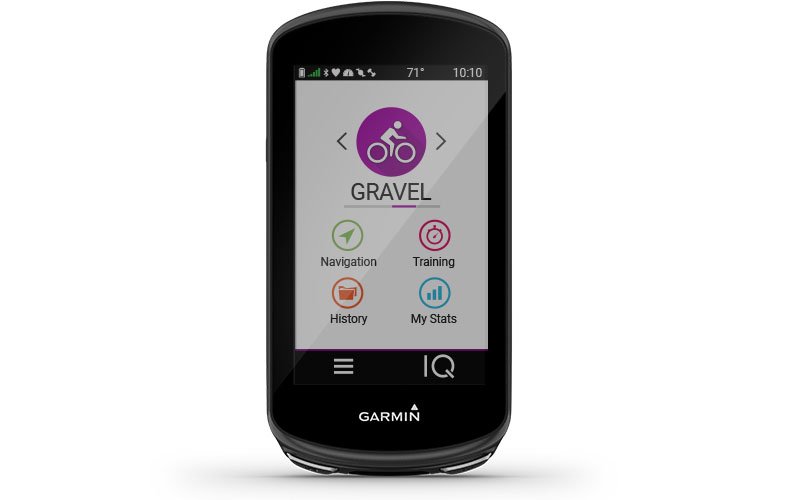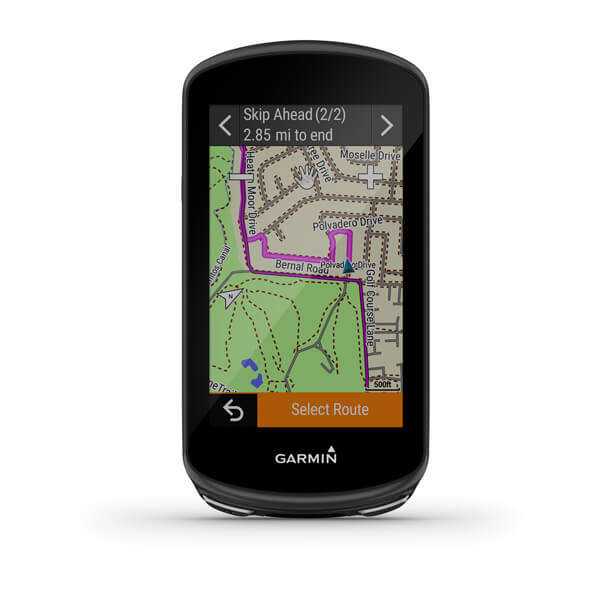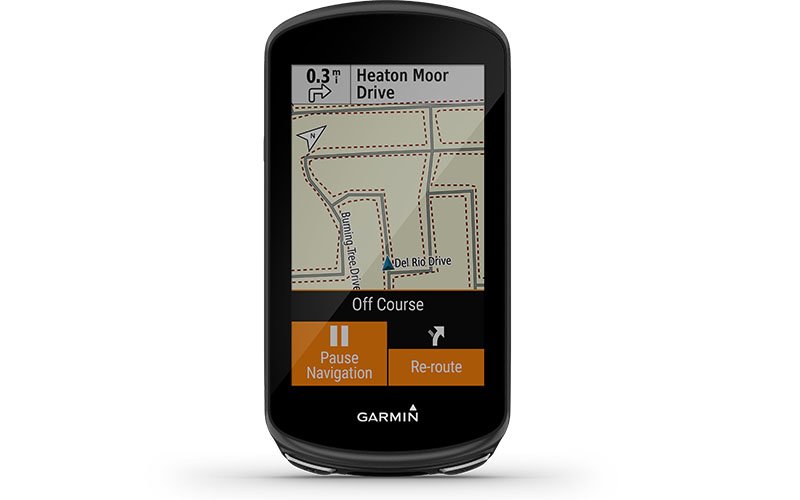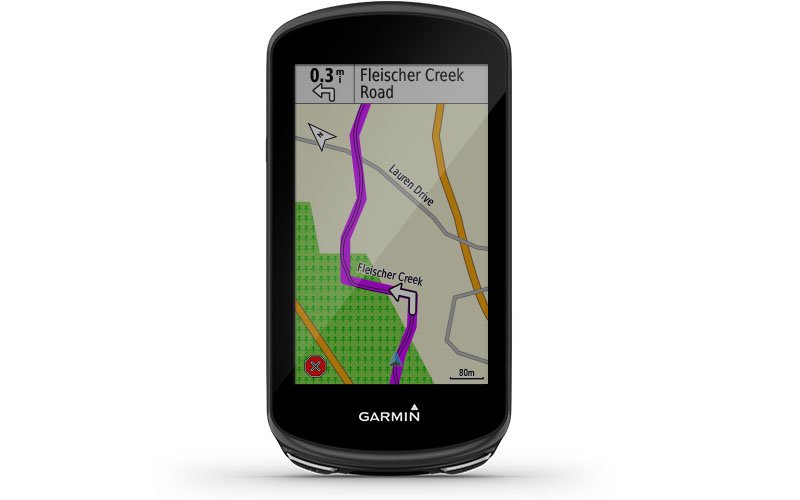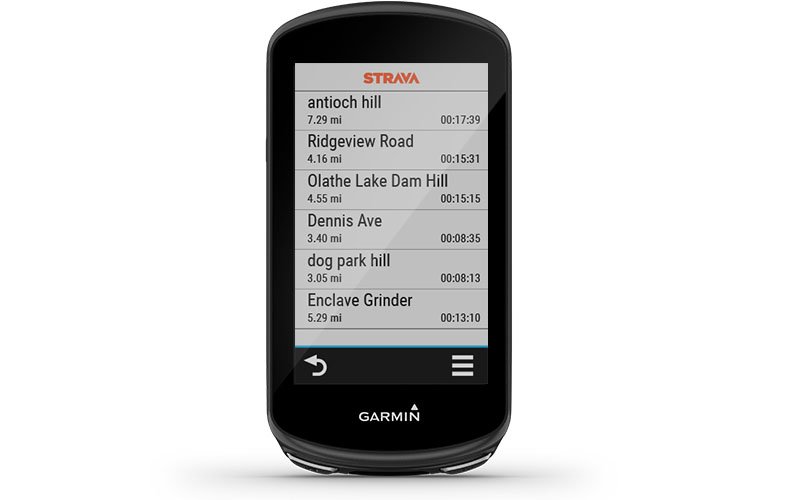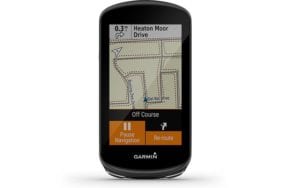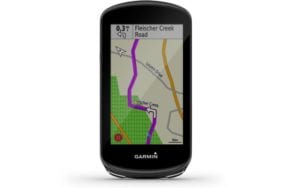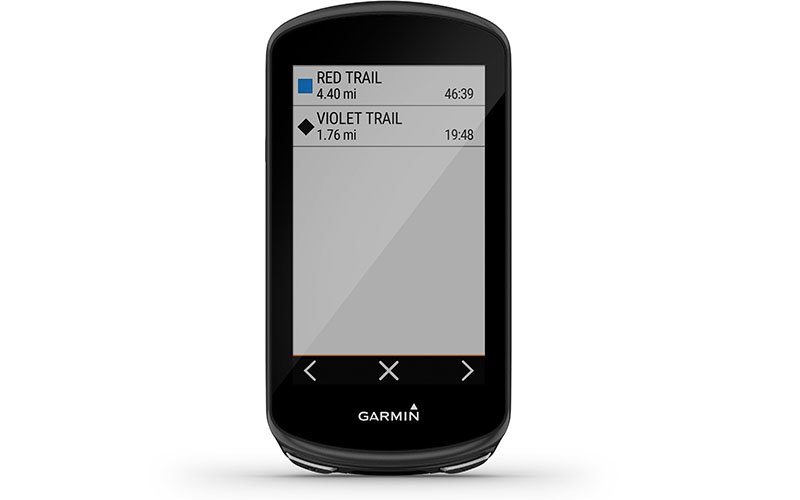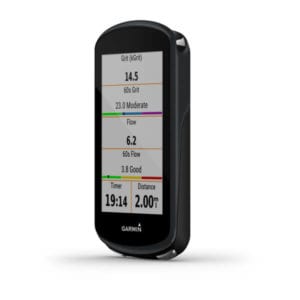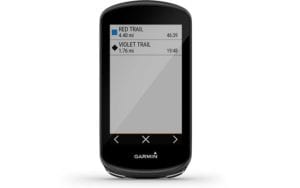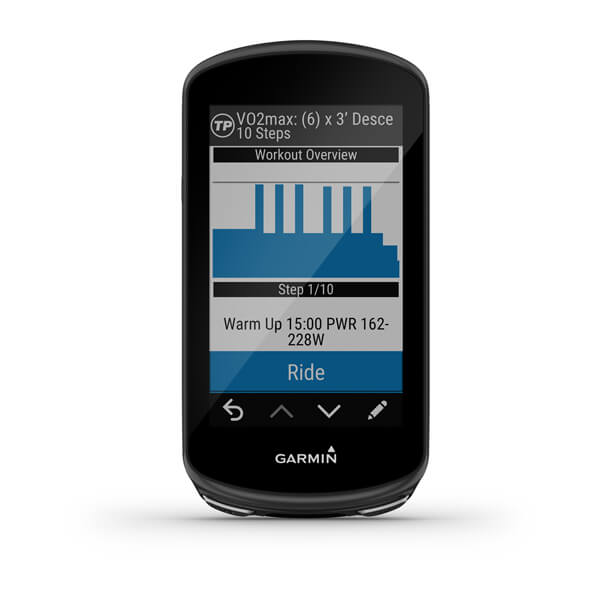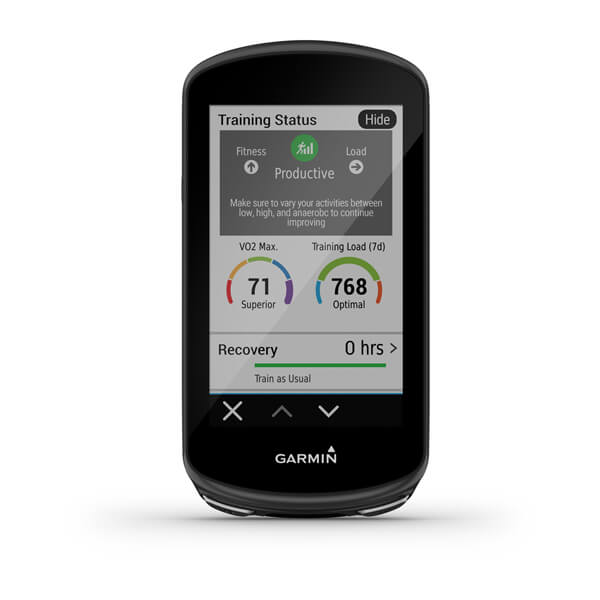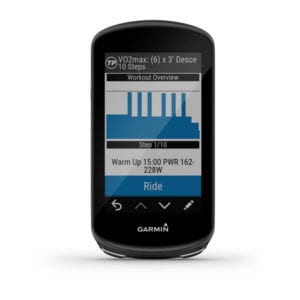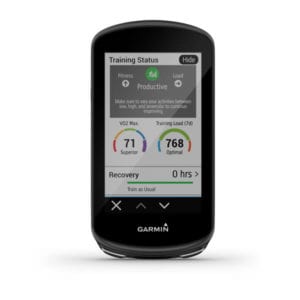Review: Garmin Edge 1030 Plus
A feature heavy device that can do anything you need (and more)
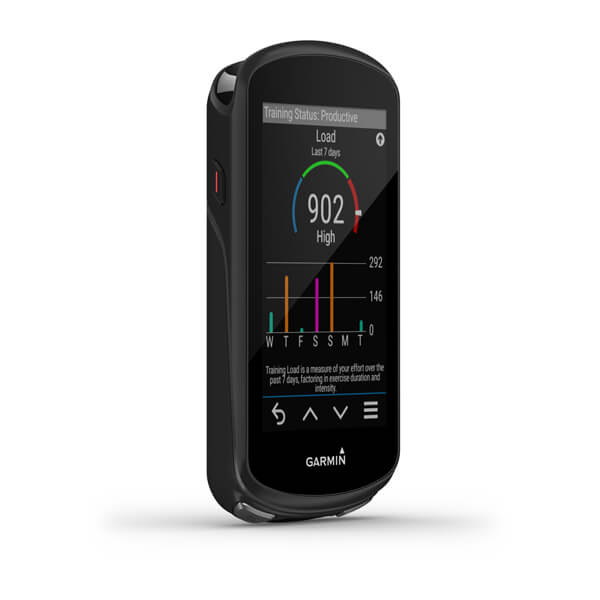 Photo by:
Garmin
Photo by:
Garmin
The Garmin Edge 1030 Plus is the top-end, best-you-can-get Garmin bike computer. Packed to the brim with every feature the company has, the full-colour touch screen computer can do it all. The 1030 plus is the sequel to the Garmin 1030 and, though the devices look very similar, the 1030 Plus contains a number of improvements. Its processor is twice as fast, it has a higher quality and more sensitive screen, a more sensitive GPS chip, storage has gone from 16GB to 32G and the battery life now lasts up to 24 hours.
The most salient feature of the Garmin 1030 Plus is its massive screen. It weighs 124 g and measures 58x114x19mm—the mounting arm included with the computer is much longer than most to accommodate the phone-sized device. I joked that I was using it to read e-books and send emails (“Sent from my Garmin”), but, as with most functions on this computer, the large screen did come in handy at some points. I found this to be a reoccurring theme with the 1030 Plus, many features seemed unnecessary until I actually started using them and realized they were extremely handy.
One of the biggest improvements of the 1030 Plus over the 1030 is the sensitivity of the touch screen. The touchscreen on the 1030 Plus is extremely responsive and responds well to more delicate actions such as zooming in on a map. The responsiveness can even be turned down if necessary, though I found it was always at a good level. The body of the computer features three buttons: ‘Power’ on the side and ‘lap’ and ‘start/stop’ on the bottom.
Setup
Sensors connected to an old Garmin (synched to your Garmin Connect account) should migrate to the Garmin 1030 Plus without any required setup. Ride profiles and their data fields from your old Garmin device are automatically imported for you on the new 1030 Plus. I like this loyalty-inducing easy onboarding process, but I wanted to see what the standard ride profiles provided by Garmin look like. Coming from an older model, I preferred to rebuild the display screens myself to figure out which new features I want and where they should go on the long screen.
Users can create numerous training profiles optimized for various activities, such as road, cyclocross, mtb, commuting, touring, indoor training, racing, etc. The profiles are great for riders who don’t stick to just one type of riding. Little feature differences like turning off auto-pause for mtb rides or highlighting ‘distance to next turn’ on touring rides are nice touches.
Maps
The maps and navigation features on the 1030 were easily my favourite part of the computer. The Garmin comes preloaded with North American and European maps. With an incredibly detailed map thrown up on the huge display, there’s almost too much information for you to look at (I’m not sure why I need to know the location of every bus stop). I loved riding in unfamiliar places and noticing a trail or learning that there was a river hidden just beyond my line of sight in the forest.
On dozens of rides where I used a pre-made map to navigate I can’t remember once missing a turn. The 1030 Plus will notify you of an upcoming turn regardless of which data screen you’re on. If you deviate off-course it quickly re-calculates directions and reroutes giving you the option to navigate back to the route. You can also now also choose to simply pause the route, a feature I liked for a quick cafe stop or other little route deviation that would otherwise trigger a barrage of “rerouting” notifications.
Theoretically, with a route created in Strava, you should be able to simply favourite it (hit the star button) and it will sync to the computer via Garmin connect. In practice, this wasn’t always the case, and I had to delay a few rides as I disconnected and reconnected Strava, Garmin Connect and the 1030 Plus to each other multiple times, eventually giving up, plugging in the device and manually adding the route.
Even on rides where I wasn’t using a pre-made map to navigate, the map was a helpful tool to check and make sure I was about to take the right turn. I also liked pulling the map up on the large screen to find out if there was maybe a better road I’d never explored before or to help out if the person with the route and directions suddenly wasn’t sure where they were going.
Similar to Garmin’s automotive GPS units, the Garmin 1030 Plus can generate a route if you input a destination. Garmin uses user data to recommend the popular cycling routes and roads—in the city I found directions aren’t as good as Strava’s route builder, but outside of major urban centres they worked fine. It can also suggest a round-trip route from your location in a distance of your choice, a fun feature I liked for unfamiliar areas.
Trailforks and mtb metrics
The Trailforks applet comes preloaded onto the 1030 Plus, with its full data-set included. This feature is incredibly useful for riding new trails in a more loose and exploratory way rather than pre-planning a route.
The device also measures ’Grit’, which rates the difficulty of a ride using GPS, elevation and accelerometer data, and ‘Flow’,which measures how smoothly a cyclist descends a trail.
LiveTrack
The LiveTrack feature now displays the course/route that you’re following and your location to whoever you’ve chosen as your emergency contact.
My partner said the emails announcing every time I went for a ride were slightly annoying. It wasn’t great for us, but we already have location sharing turned on our phones and we know each other’s detailed ride plans. As the anxious mom-friend who always texts when someone I know on a solo ride is taking a long time, I can see how this feature would be great for those who want to maximize safety.
ClimbPro
I had a love/hate relationship with the ClimbPro function. On one hand, knowing how much distance and elevation remain on a climb can help you push through it. On the other hand, knowing how much distance and elevation remain on a climb can make you feel like it will go on forever.

Very occasionally ClimbPro would misinterpret a segment with bad data and the screen would tell me I was climbing a steep hill on a road that was at most a 2 per cent gradient. Most of the time the feature worked as it should and I kept it on throughout testing.
Eat and drink
Much like the ClimbPro feature, I found the new hydration and nutrition smart alerts to be occasionally helpful and occasionally annoying. I don’t tend to be the type of rider who forgets to drink water but for those who do this could be a handy reminder.
There were a few times when the alerts were actually obtrusive—I’m not going to eat 100 calories while descending a winding road at 50km. The notifications also cover the entire screen, for a moment blocking out information that could be important for navigation.
Training
One of Garmin’s focuses with the 1030 Plus is training. The company’s latest devices come with optional daily on-device recommended workouts based on your training load. The device delves into more advanced training features such as power curves and recovery time, but requires a power metre and heart rate monitor for these functions to work.
Like Strava, Training Peaks (which should sync seamlessly) was a little finicky when connecting to the 1030 Plus. Other training apps like TrainerRoad are also compatible with the computer. The size of the screen helps with easily glancing down at the information, and the training screen can be configured like all the other screens (although you still can’t configure screens through a phone app like some other bike computers).
A bike computer for feature lovers
Little additions like heat and altitude acclimation, tight corner notifications and a surprisingly loud bike alarm add to the overall super-packed feel of the feature-heavy device.
The Garmin 1030 Plus is a bike computer for data nerds, multiple-bike-owners, those looking for outdoor structured training and route building cyclists. It’s unlikely that this would be anyone’s first bike computer, but if you feel that your current model is lacking in some features, they are almost certainly on the Garmin 1030 Plus. Garmin packed hundreds of features into the computer and, if you know what you want from it, the 1030 Plus will deliver.
The Garmin Edge 1030 Plus is $870 available at garmin.com
